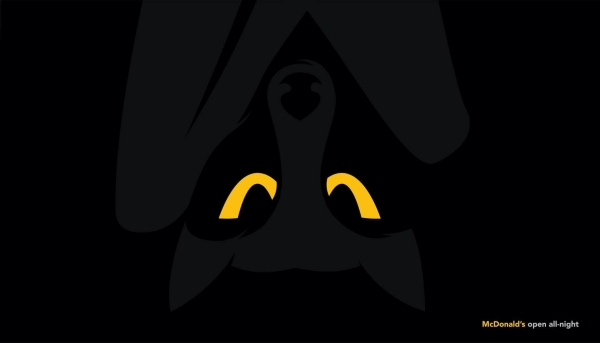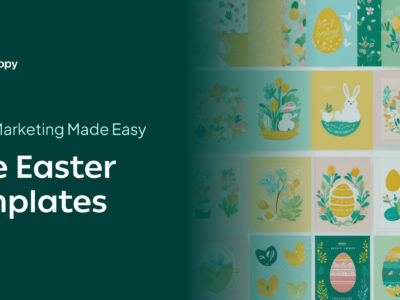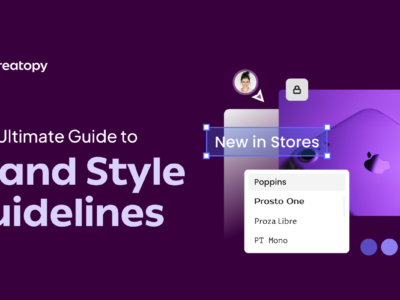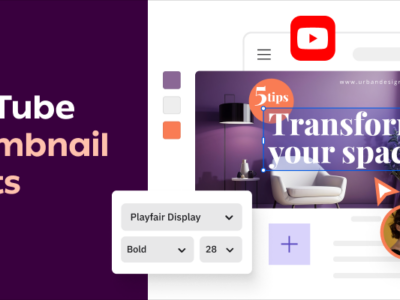It’s estimated that the human brain processes visuals 60,000 times faster than text. Moreover, when text is paired with images, comprehension goes up to 89%.
Sounds fascinating, doesn’t it?
I think we can all agree that visual communication can boost your online advertising.
Sometimes, in order to create a stronger reaction, advertisers go one step further and pair multiple visual elements to create a metaphor image.
Therefore, if you want to stand out in your industry and leave a lasting impression on your target audience, you need to do more than come up with a basic visual ad.
A visual metaphor can help you succeed when you want to convey a simple yet powerful message in a creative manner.
Table of Contents
- Visual metaphors
- Double meanings
- Visual analogies
- Visual similes
- Visual effects
- Visual fusion
- Visual minimalism
- Visual puns
- Visual typography
- Unconventional metaphors
- Amplifying the negative
- Illustrating dilemmas
- Drawing consequences
- Visual hyperboles
- Metaphor stories
- How to Create a Visual Metaphor
- Frequently asked questions
- Final Thoughts
15 Creative Ads to Get Inspired By
1. Visual metaphors
Visual metaphors use common elements and objects, which are combined in an unexpected way to send a powerful message.
This ad for Smart shows us what’s the best option to navigate through a busy city when it comes to cars.
How to demonstrate this better than with a metaphor?
The difficulty of threading a needle was compared to driving a big car through a crowded city. A Smart car, however, will manage to easily enter through the narrowest streets.
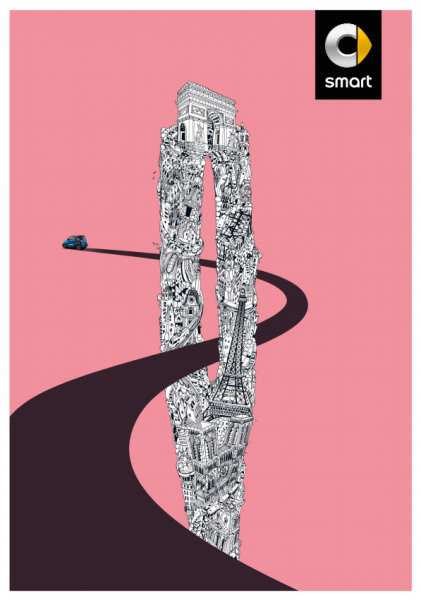
2. Double meanings
Of course, almost all metaphors have a palpable object with a symbolic meaning behind, but some of them can illustrate two ideas in one visual.
This collection of print ads for Diniz, the largest eyewear chain store in Brazil, is using tropical fruits to show the freshness of a cold fruit in the summer.
They are using the fruits to also cast shadows in the form of different models and styles of eyewear.
To create a stronger connection between the visual and the copy, each ad has a different message that is in perfect tune with each fruit.
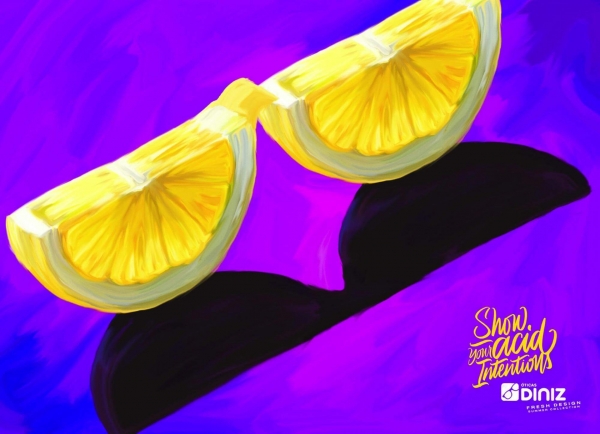
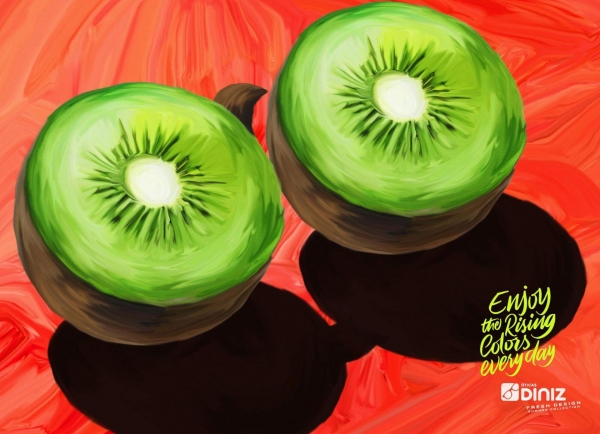

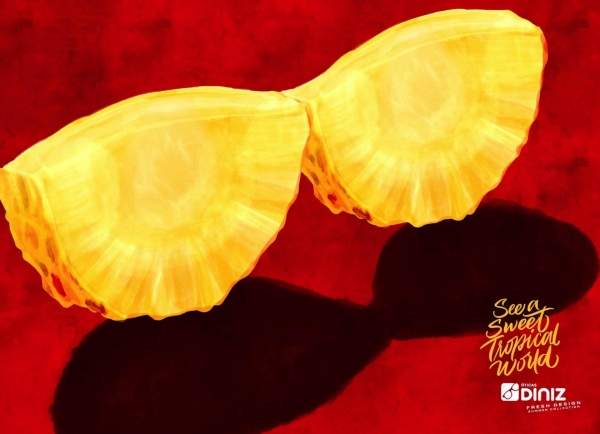
3. Visual analogies
Visual analogies combine objects that are usually not seen together, but they are used in a way that makes perfect sense.
The following outdoor ad for BusConnects falls into the category of advertisements that use analogies.
The visuals for this campaign convey Dublin as a Rubik Cube in pastel colors that can only be solved thanks to the collaboration between the public and BusConnects.
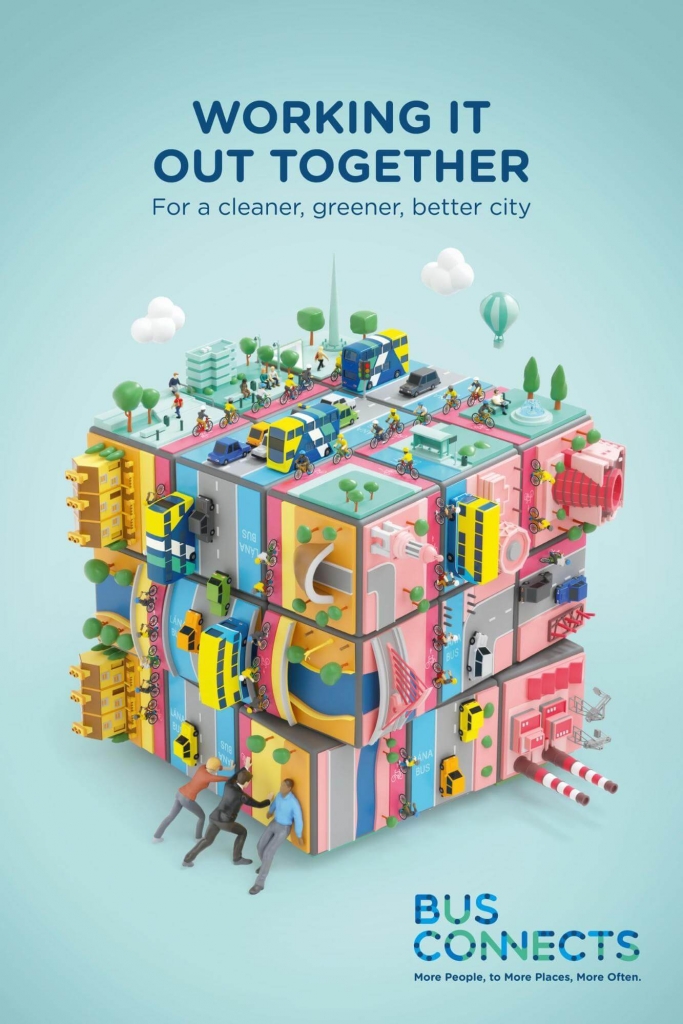
4. Visual similes
This technique represents an object by making it look like it’s something else. It’s commonly found in visual advertisements, like the one below, which is a classic.
Studies show that nuts are good for your brain, which is one of the reasons why this representation is so effective.
It might not be an innovative idea, but the ad also uses creative copy to send a powerful message, which is supposed to appeal to logic and raise awareness.
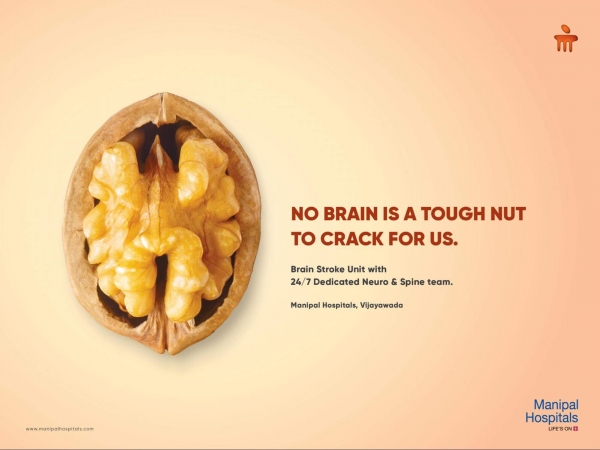
5. Visual effects
They might be the oldest trick in the advertising industry, but a creative mind can always keep them crisp.
In this 2020 Audi calendar, we can see dynamic visual effects using vivid colors and scenery inspired by comics-movies.
In each visual, the car is presented as a different superhero.
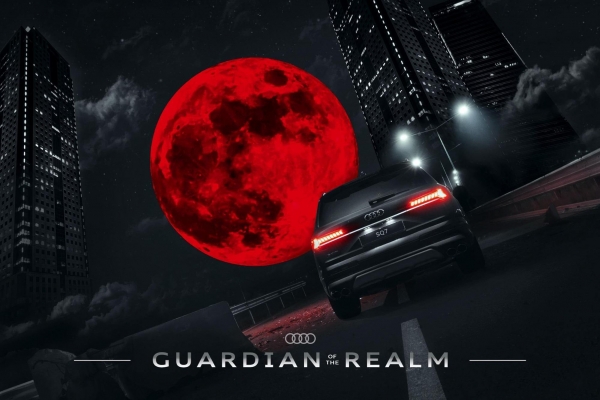
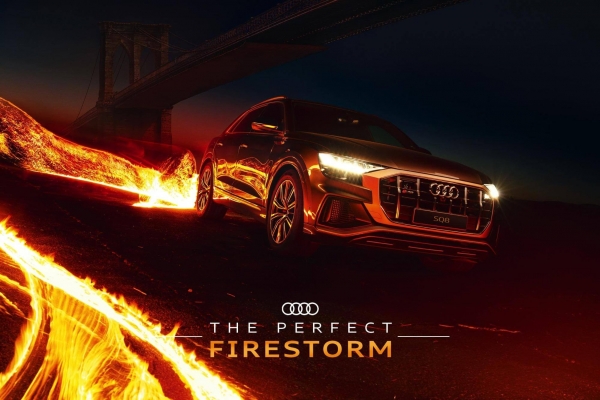
Another excellent example of visual effects used in an ad comes from DIRECTV.
The ad conveys how fast and easy everyone can enjoy entertainment in their home, just by opening the DIRECTV box.
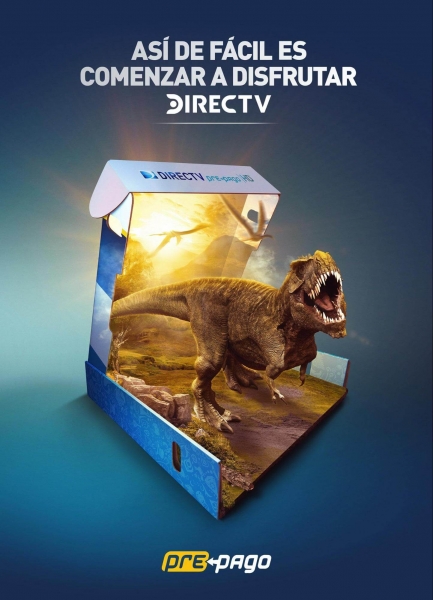
6. Visual fusion
Another advertising technique is the one where you create a fusion between two different—even opposing—elements to send a straightforward message.
Sometimes the element, person, or place can be merged with the logo of the brand. 
This can be extremely effective if the company’s logo is well-known so that consumers can make the connection between the ad and the brand itself.
In the following ad examples, the McDonald’s logo substitutes the eyes of the nocturnal animals, landing the idea that the restaurant is open 24/7.
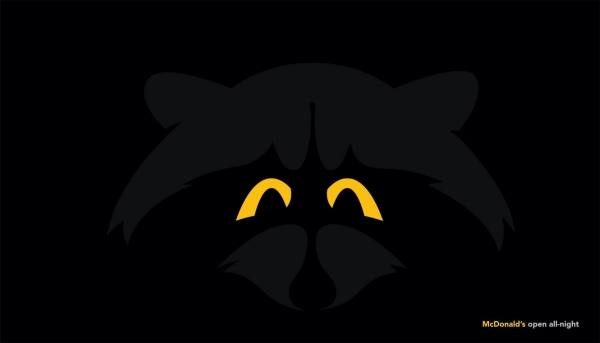
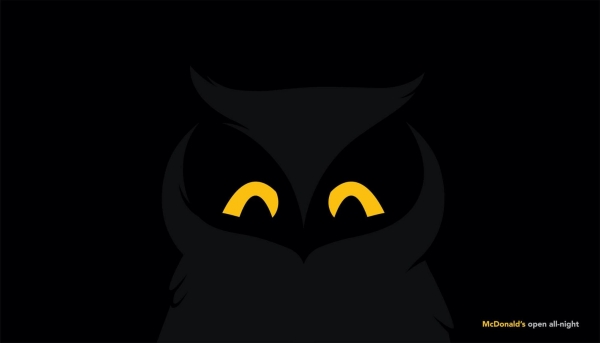
Another set of visual metaphor examples using this technique are these print ads created for the United Nations that encourage people to practice social distancing during the COVID-19 pandemic.
The associations between common objects that don’t play well with one another suggest the negative outcome and help people understand the importance of keeping the distance:
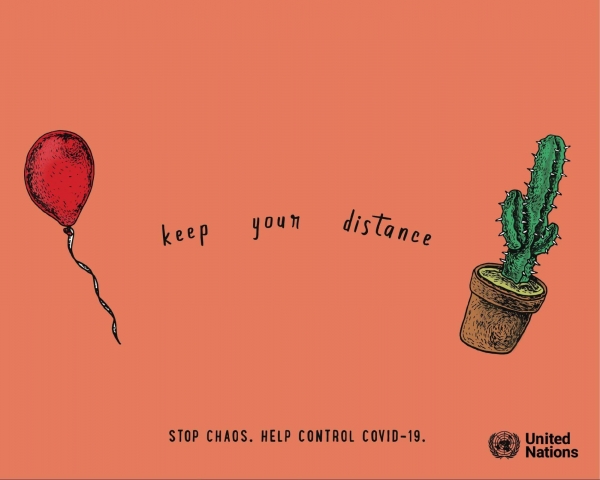
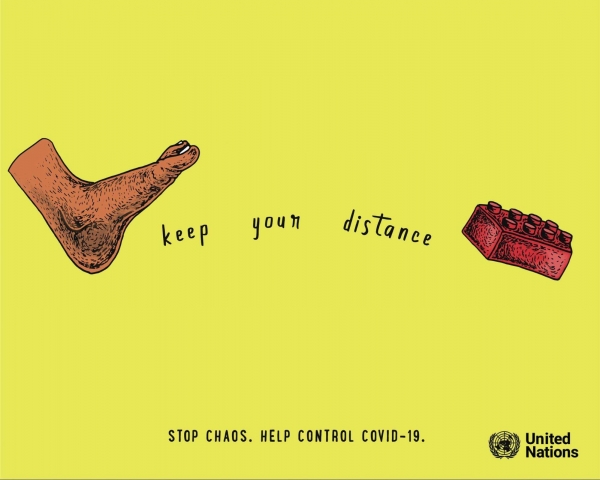
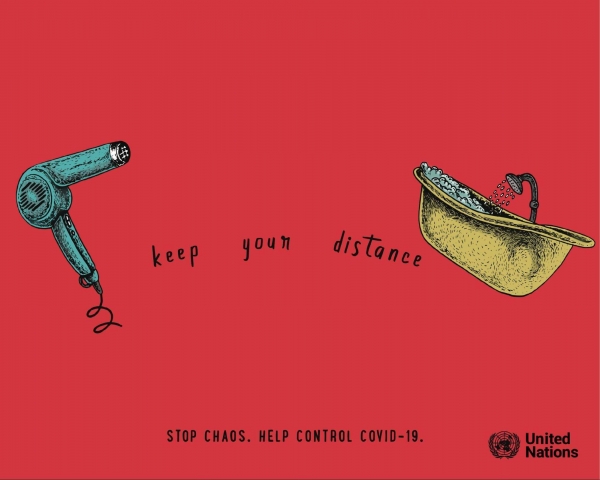
7. Visual minimalism
There are times when even the most simple or abstract elements can be turned into visionary images.
Resorting to visual minimalism advertising, McDonald’s France used their emblematic french fries to show directions to the nearest location.
This campaign resulted in captivating visual metaphor ads. See all of them here.
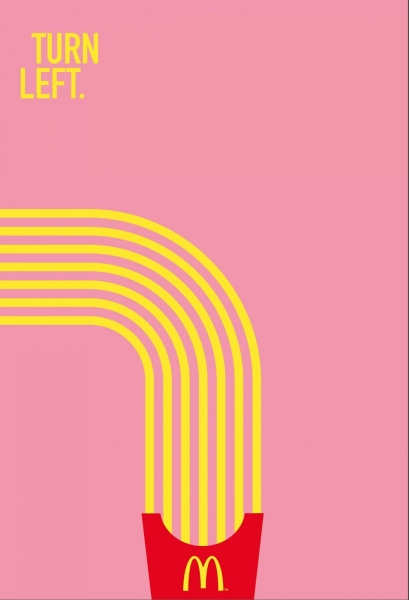
8. Visual puns
The use of visual metaphors in advertising can also appeal to audiences’ interests by being playful.
Puns are perfect when you want to create a visual ad that’s memorable. After all, who doesn’t remember a good old pun?
Using the idea of color swatches, this ad is saying that the toaster lets you control how toasted you want your toast to be.
You don’t have to choose only between barely crisp and burnt.
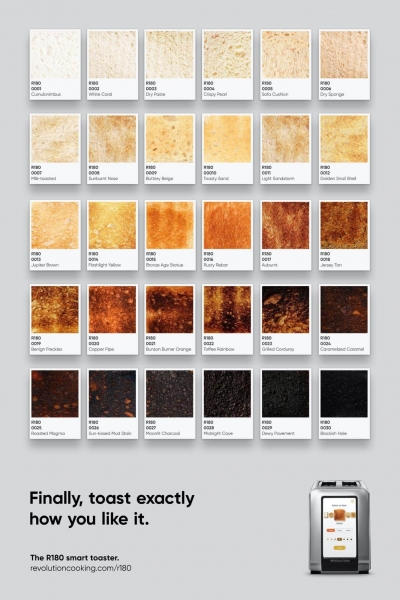
9. Visual typography
The use of typography is yet another creative way of designing beautiful metaphor ads.
Letters can complete the image of an object, similar to this ad for Internet.org, a campaign showing initiative to bring internet in areas where people don’t have access to it:
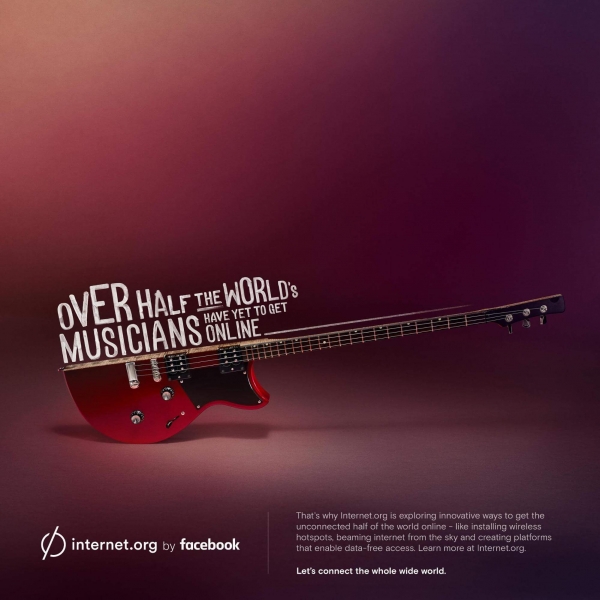
Here’s another example in a print ad for KentFM, where letters were used to create a sound wave:
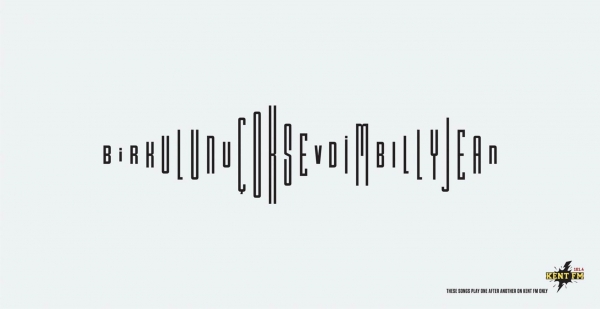
10. Unconventional metaphors
We’ve seen visual puns and can’t argue that they’re not engaging. On the opposite side are the visual metaphors banking on more odd things.
A good example is using a visual that looks like a horror movie poster when it’s actually not.
This poster for the National Health Service, for example, definitely makes people look twice.
The message truly gets to you because of the font that was used and the fact that it’s also combined with an image that looks straight out of a horror movie:
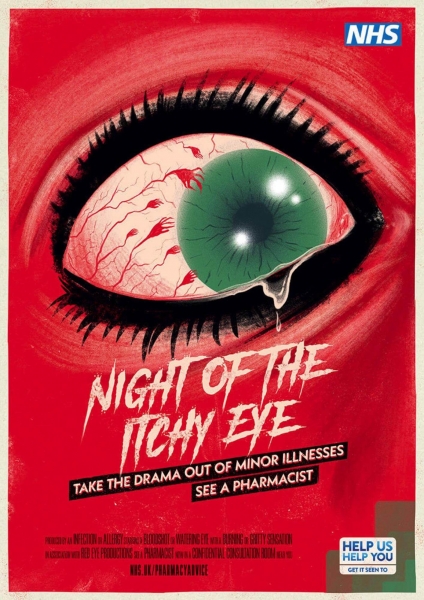
11. Amplifying the negative
This technique can help you create visuals that entice people to take action, offering the audience a glimpse into the reality, the problem, and how they can be part of the solution.
This is an ad created for the NGO Entourage app that fights against the social exclusion of homeless people in France.
Those that care about this complex social problem can get involved and help with simple but meaningful things.
This way, the ones in need won’t fall in the pit of loneliness and despair, like the visual suggests.
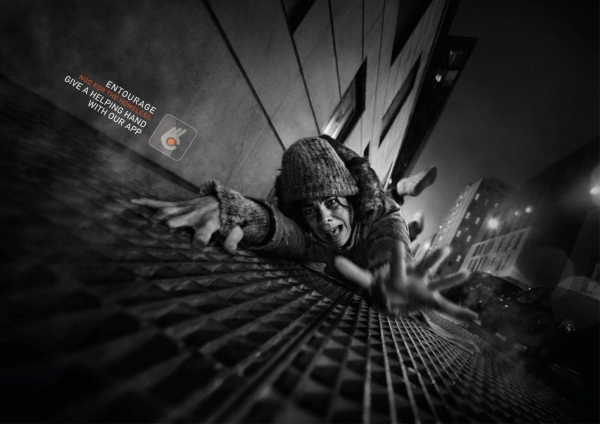
12. Illustrating dilemmas
Wake-up-call ads usually fall into this category, dramatizing the visual to make people change negative behaviors.
This ad campaign uses the common plastic pill case to suggest that opioid addiction can have fatal effects. The visual ad implies the human cost of this damaging behavior, making it even more realistic and alarming.
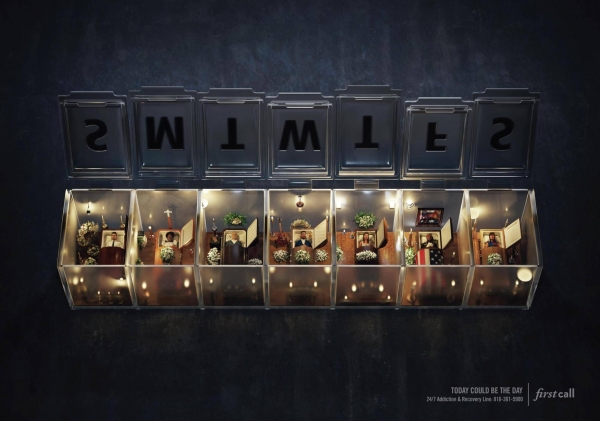
13. Drawing consequences
One of the best techniques to depict the consequences of a specific action is to use a compelling image and a simple message that are connected to one another.
This print ad created for Detran, the Traffic Department in Brazil, has the purpose of raising awareness about the fact that a cigarette thrown on the road can start a fire.

14. Visual hyperboles
An effective way for marketers and designers to convey the importance of a product in an ad is by using hyperboles.
Visual exaggerations are ideal for letting people know how your product can benefit them.
In this ad for sunscreen, the company depicted the idea that their sunscreen can not only protect people from the sun, but it’s water-resistant as well so it’s perfect to use when you go to the beach:

15. Metaphor stories
Sometimes a metaphor can be taken into the realms of stories.
This campaign started with the idea of chess, which was invented in India, and used it to create a compelling campaign.
More precisely, the symbol of the queen in the game, which is the most powerful piece, is portrayed as powerless.
The powerless queen is compared to the majority of Indian women who can’t even get access to fundamental rights, such as education.
This metaphor story was turned into a mobile chess game, and players are given a powerless queen. Thus they can’t win.
The campaign was meant to raise awareness about the fact that women cannot win if they are not empowered.
It also aimed to encourage people to donate to the cause and help these women get access to education.
How to Create a Visual Metaphor
Here’s the process you need to follow when creating a metaphor image:
- First, think about the main message that you want to transmit through the visual and write down the most important words. Let’s say you want to represent a person who is always with their head in the clouds.
- Brainstorm potential familiar elements you can use to illustrate the message, but be careful not to leave your audience completely puzzled. For this example, the familiar elements are represented by a person and clouds.
- Draw a few sketches by combining those elements to see how they can fit to deliver your message. For this step, you can replace the person’s head with the clouds.
- To avoid future confusion and achieve the desired outcome, consult with your team to see which visual would be the best choice.
Frequently asked questions
What are visual metaphors?
A visual metaphor is a creative representation of a concept, person, place, thing, or idea through an image that uses analogy or association. Another visual metaphor definition can go something like this: when the familiar is turned into something extraordinary and engaging. We all have various belief systems and perceive the world in a certain way. Because of this, we can make sense of visual metaphors. With the help of metaphor images, you can create new imagery that will crack open your audience’s reality and make sense of the familiar. Now that you know what a visual metaphor is, here are a few practical tips on how you can create an ad that stands out.
What makes a visual metaphor effective?
A compelling visual metaphor is relevant, clear, emotionally resonant, and simple. It should be easily recognizable and evoke a meaningful connection with the audience.
Where can visual metaphors be used?
Visual metaphors can be used in advertising, education, presentations, art, film, and any visual communication medium to convey complex ideas and emotions succinctly.
Can visual metaphors be confusing?
If not crafted carefully, visual metaphors can be confusing. It’s important to ensure the metaphor is clear and immediately understandable to the intended audience.
How do I create a visual metaphor?
Start by identifying the core message or concept you want to convey. Then, find an image or symbol that can represent that idea. Ensure it is relevant, clear, and evokes the desired emotional response.
Why are visual metaphors memorable?
Visual metaphors are memorable because they engage multiple cognitive processes, combining visual imagery with symbolic meaning, which enhances recall and understanding.
Final Thoughts
Visual metaphors are artistic representations that can help you design something different and make your brand’s online advertising stand out at the same time.
One thing is clear.
They are a perfect choice if you want to engage your audience and make your message stick even after your campaign is over.
When using visual metaphors in your ads, leave the cliches behind. Sure, keep thinking outside the box, but go even further.
I hope that these creative ads will inspire and determine you to dare more.


